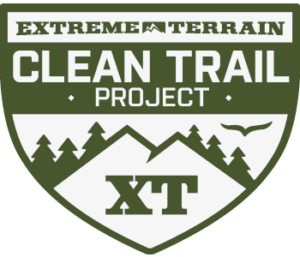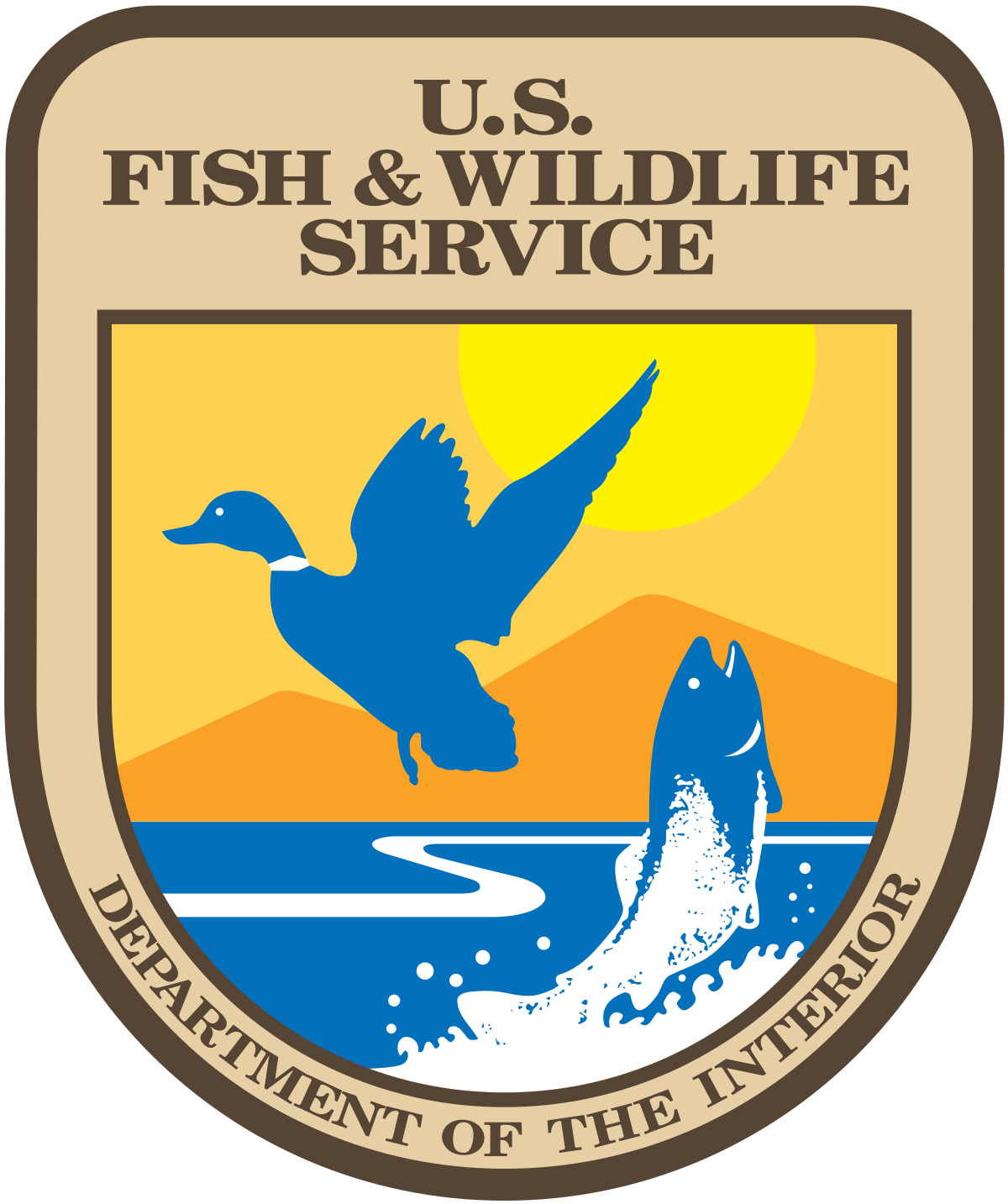Invasives 101
The basics of invasive species and how they spread.
Invasives 101: What are invasive species?
Invasive species are plants, animals, and microorganisms that are not native to a particular area. They are also species that are capable of causing severe damage in areas outside their normal range, harming the economy, the environment, or human health once they become established.
How do they spread?
Every species evolves in its home territory to have one to several ways to expand its range. They may be wind blown, rain splashed, carried by animals, or moved in soil or water. Almost all short-distance spread is through these natural dispersal mechanisms. In their home territory, short distance spread is rarely a problem because the resident plants and animals have evolved to coexist more or less peaceably.
Do we play a part in the invasion process?
Invasive species have many ways of spreading, including human activity. For instance, invasive plants store seeds in the soil, so muddy boots or vehicles can carry them to new areas in their tread. Some invasive plant seeds have special hooks to help them hitch a ride. This enables invasive plant seeds to hitch a ride on our shoes, socks, clothing, and pets — an uninvited guest on our next adventure.
Some invasive plants are quite attractive, so they are widely sold in nurseries as ornamental plants. They can also hide in nursery stock, potting mixes, or home décor made from raw wood products.
A number of insect and disease pests of trees can move in cut firewood, pallets, or solid wood packing material.
Invasives 101: Why should I care?
Unless we can slow the spread of invasive species, life as we currently know it will change dramatically; from where we live and work, to the places we go, the products we buy, and how we relax and play with our families. All of it has the potential to change with the spread of invasive species.
If you’d like to learn more about Invasive Species. Please visit InvasivesU.





